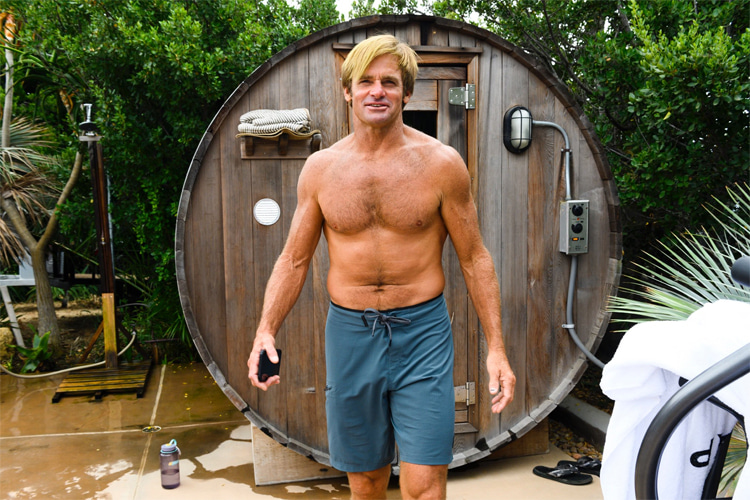The number of surfers using saunas to recover from intense physical exercise in low-temperature waters is growing. Here's why the two match.
Most world surfers live in countries with cold-to-cool ocean water temperatures.
While during the warm season, it is possible to paddle out on boardshorts and bikini, when winter comes, a 3/2 or 4/3 is mandatory.
Surfers in the United States, Europe, Australia, and many Asian regions own and use wetsuits regularly to prevent hypothermia from kicking in.
Scientific data confirms these assumptions: Planet Earth's average ocean surface temperature is 62.6 °F ( 17 °C).
Therefore, every day, many surfers are exposed to and battle water temperatures over half the average normal body temperature.
The combined impact of physical exercise and low temperatures takes its toll on the human body.
Consequently, many surfers are incorporating sauna sessions into their health and wellness practices, either by taking an immediate post-surf sauna bathing or doing it later.
Professional surfers like John John Florence, Laird Hamilton, and Owen Wright have adopted the sauna followed by cold water plunges into their recovery routines.
The goal is to rest and relax from the overtraining syndrome and exercise-associated muscle cramps.
But there's more behind the potential association between surfing and the heated chamber.
Take a look at why, when, and how sauna emerged as one of the world's oldest forms of relaxation and could benefit sportspeople and surfers in particular.
A Short History of Saunas
Historians say that sauna has been a significant part of Finnish culture for over 2,000 years.
The ancient word "sauna" means precisely "bath" or "bathhouse" and is probably the most famous Finnish term in the English dictionary.
The early examples of saunas were dug into the ground and used for both bathing and living, especially during harsh winters.
Hundreds of years ago, they were heated by wood-fired stoves, with stones placed on top to retain and radiate heat.
Then, the original sauna pioneers would throw water onto the stones to produce steam and create the so characteristic environment we recognize today.
However, similar practices and heat bathing variations were experimented with in other latitudes and cultures.
For instance, the Native American sweat lodge, the Russian banya, and the Turkish hammam are relaxation and cleansing bathing formats that resemble the traditional Finnish sauna.
Today, there are 3.3 million saunas in Finland for a population of 5.5 million.
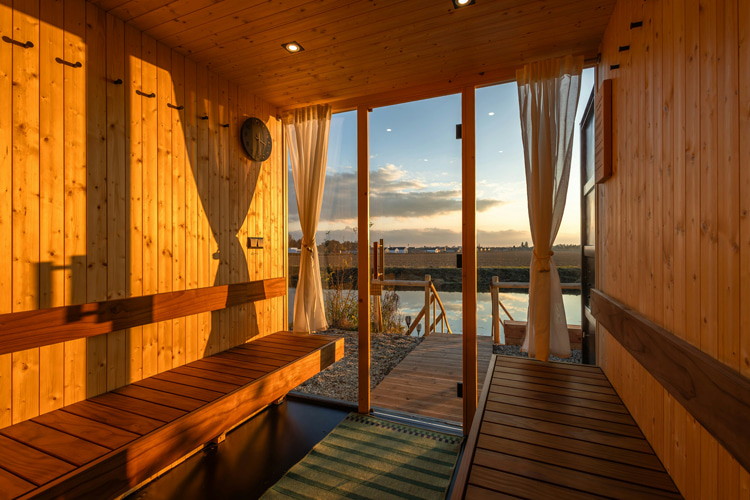
Health Benefits
The regular and prolonged use of a heated chamber has several physical and mental benefits.
Professional big wave surfer and all-around waterman Laird Hamilton has been advocating it for quite a while.
In his private steam room, the Hawaiian even works out and cycles as part of his high-energy cardio exercises.
The health and well-being profits are outstanding.
- Cardiovascular Health: Research has proven that these hot rooms improve circulation and lower blood pressure. They mimic the effects of moderate exercise on the heart. As the heat dilates blood vessels, blood flow is improved;
- Respiratory System Benefits: If you suffer from bronchitis and other respiratory issues, a sauna session helps clear nasal passages and improves overall lung capacity;
- Skin Health: Heated steam rooms promote sweating. In other words, they help remove toxins from the skin. It's a form of deep cleansing that will make your skin clearer and healthier;
- Muscle Relaxation and Recovery: Sportspeople actively exercise their muscles for extended periods, so heat is a great tool to relax muscles, reduce joint pain, and speed up muscle recovery;
- Stress Relief: Sauna has superpowers. In just 15 minutes, it has a calming effect on the body and a soothing outcome in the mind. High temperatures stimulate the release of endorphins, the human body's natural stress relievers;
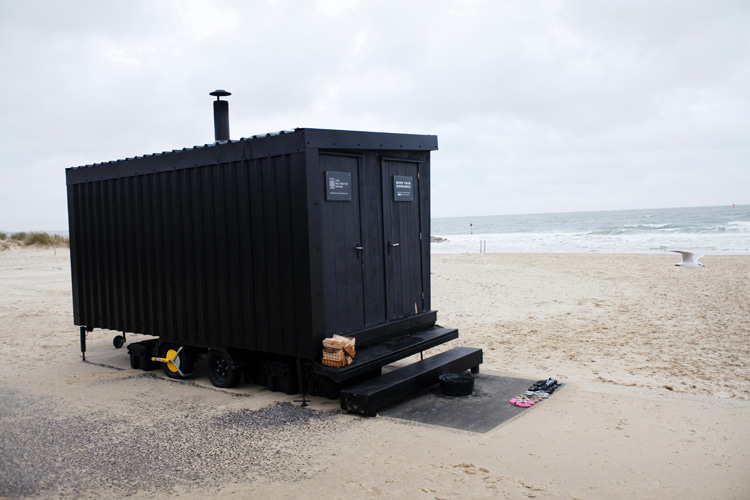
Types of Saunas
Today, there are several types of saunas for different needs, preferences, and space availabilities.
Here are the most commonly used ones:
- Traditional Finnish Sauna: The authentic and original room is heated by a wood-burning stove or electric heater. Here, the air temperature can range between 158 °F to 212 °F (70 °C and 100 °C), which is quite above the world average. Stones placed on the heater can be sprinkled with water to create steam ("löyly" in Finnish), increasing humidity and temperature feel;
- Smoke Sauna: It's one of the oldest types of rooms where smoke from a wood fire heats the sauna before being ventilated out. Although they're relatively rare, a new old-school wave is bringing them back to Finland and Estonia;
- Electric Sauna: It's one of the most widely use types across the world. They are similar to wood-fired saunas, but instead of burning wood, they feature electric stoves to heat the room. They may or may not be thrown water at. You'll see them in gyms, spas, condos, and even homes and gyms nearly everywhere. A good thing about this electric version is that it provides more precise temperature control;
- Infrared Sauna: This innovative system uses light to warm the body directly instead of heating the air. The result is also lower temperatures, usually around 122 °F to 140 °F (50 °C to 60 °C), but that actually has deep heat penetration;
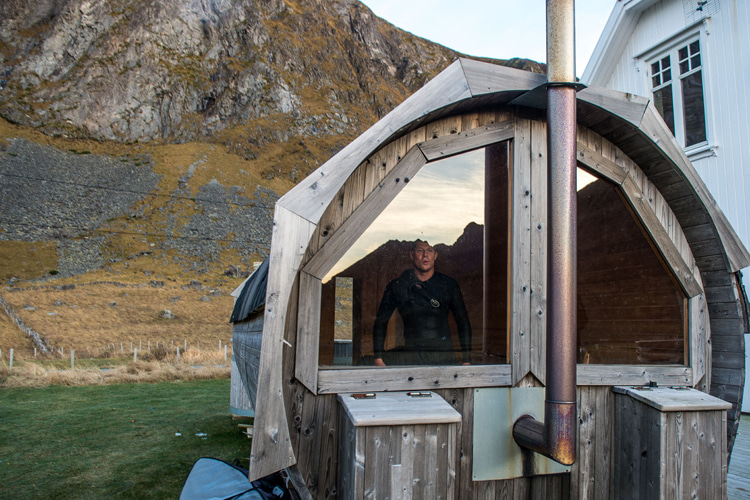
Temperature: How Hot Is Enough?
The ideal temperature for a sauna room is a highly debated topic among bathhouse enthusiasts.
The heated discussion - literally - separates average users from hardcore fans, who feel anything lower than 195 °F (90 °C) is unacceptable.
As we've seen above, the traditional Finnish sauna beats all records, with most inhabitants fitting in the 158-212 °F (70-100 °C).
The temperature is mostly a personal preference. If it feels good hot, you can stay up to 15-20 minutes.
If, for any reason, you start getting a headache or feel nauseous, lightheaded, or dizzy, leave immediately.
In steam rooms, traditionally cooler and with very high humidity levels, it's normal to feel uncomfortable when the room's temperature gets higher.
The trick is to listen to your body and to leave when you feel it's time to.
Extremes above 212 °F (100 °C) are really only for experienced users and can pose risks if not managed carefully.
If you're just getting into it for the first time, start at lower temperatures and gradually acclimate. In other words, train your body slowly.
People with certain weak health conditions, including heart complications, asthma, epilepsy, kidney problems, extreme high and low blood pressure, and some pregnant women, should consult a doctor before using sauna.
Also, although a common practice in some countries, people under the influence of alcohol should not consider it for both health and good manners.
Lastly, remember to drink water before and after your sauna session to avoid dehydration.
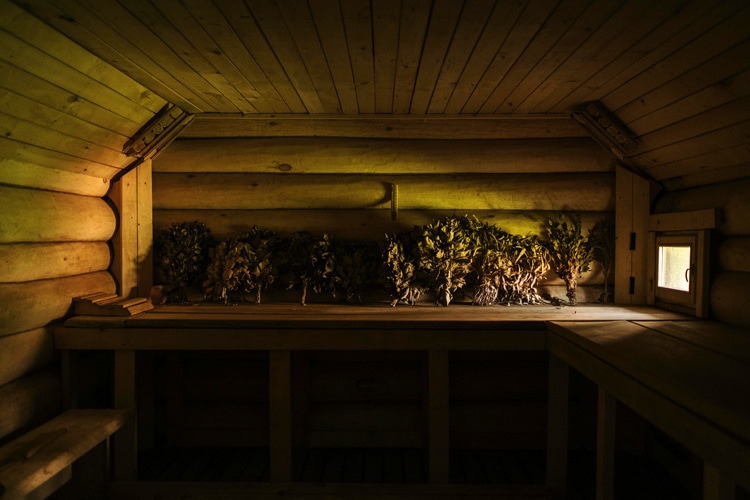
Sauna Etiquette
Embracing these relaxing heat rooms comes with a few unwritten guidelines.
So, just like surfing has its code of rules, sauna users are expected to know and adopt its proper etiquette so that everyone can have an enjoyable experience.
Remember that most saunas fit several people simultaneously, so being respectful is important.
Take a look at a few basic etiquette recommendations aligned with the Finnish standards:
Dos:
- Shower beforehand: Cleanliness is crucial in sauna culture. Always shower before entering to keep the space clean and hygienic;
- Wear a towel: In most Finnish saunas, it's common to sit on a towel for hygiene reasons. While nudity is often accepted in Finland, in mixed-gender saunas, or in other countries, wearing a swimsuit may be more appropriate;
- Respect silence: Saunas are meant to be tranquil and relaxing spaces. Keep conversation to a minimum, or speak softly if necessary;
- Limit your time: It's courteous to allow others a chance to use the sauna if it's crowded. Sessions typically last between 10-20 minutes;
Don'ts:
- Don't wear shoes: Sauna floors are kept clean, and shoes are unnecessary. Leave them outside;
- Avoid wearing perfumes or lotions: Strong scents can bother others and affect the air quality inside the room;
- Don't bring electronic devices: Saunas are hot, humid environments that can damage electronics and compromise the peaceful atmosphere;
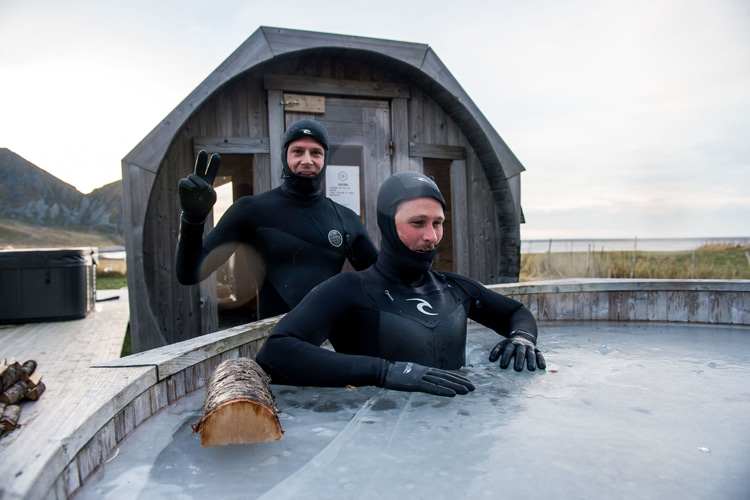
How to Use a Sauna
It seems simple - and it is - but here are a few tips on how to enjoy and maximize the benefits of a common sauna session.
- Prepare: Before entering, remove any jewelry and drink water to stay hydrated. Take a quick shower to cleanse your body;
- Enter: Step into the sauna and find a comfortable spot, typically on a towel. Begin your session by sitting or reclining on a bench. Start with lower benches if you're new to saunas, as they tend to be cooler;
- Relax: Sit quietly and allow your body to adjust. Focus on your breathing, and let the heat work its magic. A session can last anywhere from 10 to 20 minutes, depending on your comfort level;
- Take Breaks: After each sauna session, step out to cool off, either by taking a cold shower, jumping into a pool or sea, or simply sitting in a cool area. Repeat the sauna cycle 2-3 times;
- End the Session: When you've completed your sauna rounds, cool down thoroughly, rehydrate, and relax;
If you're a surfer who cares about your physical and mental well-being, try attaching a simple swimming routine and ice baths to your sauna sessions.
You'll notice the effects on your mood and body two weeks after you start.
Words by Luís MP | Founder of SurferToday.com
